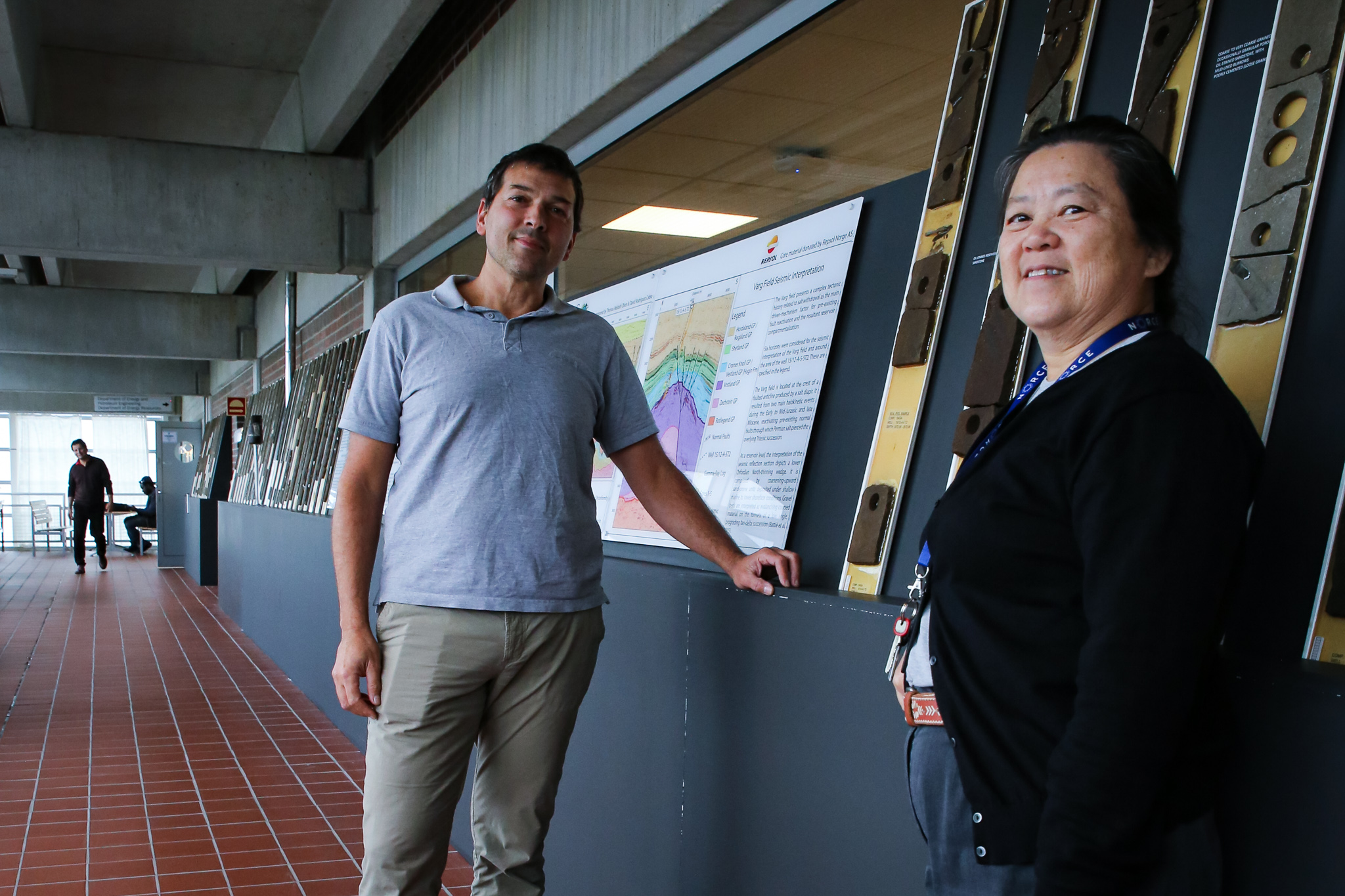University of Stavanger, NORCE, IFE and University of Bergen are partners in an application for a new petrosenter, focusing on subsurface research.

The petrosenter application National Centre for Sustainable Subsurface Utilization of The Norwegian Continental Shelf (NCS2030) was successfully submitted 15th of September, with strong support from 7 major oil companies, 2 large technology and service companies, 5 innvoation companies and 15 national and international academic partners from many countries.
The primary objective of the centre is to fill knowledge gaps and provide solutions for maximizing value creation of subsurface resources to reach the Net-Zero emission goals on the Norwegian Continental Shelf.
The centre will be hosted by University of Stavanger with NORCE, IFE and UiB as main research partners, and UiT and UiO as national academic collaborators. The announcement for decision is planned by the end of December 2021.
«We cross the fingers for success, and looking forward to collaboration with good colleagues. Great thanks to every one who has contributed to the application work, a great team,» Ying Guo says.
The four important research areas to be addressed are:
- i) Subsurface energy systems
- ii) Net-zero emission production
- iii) Digitalization
- iv) Society, that integrate multi-disciplinary research activities for the sustainable subsurface value chain
In addition, education of professionals with new competencies, and ensuring equality and gender balance are an important priority. NCS2030 will enable collaboration between policy makers, field operators, technology providers and academic groups. Furthermore, it will complement and benefit established research initiatives and networks to create new solutions through a dedicated innovation program. With its large network, NCS2030 will be a significant national and international arena for outreach to the scientific community, stakeholders, and society.